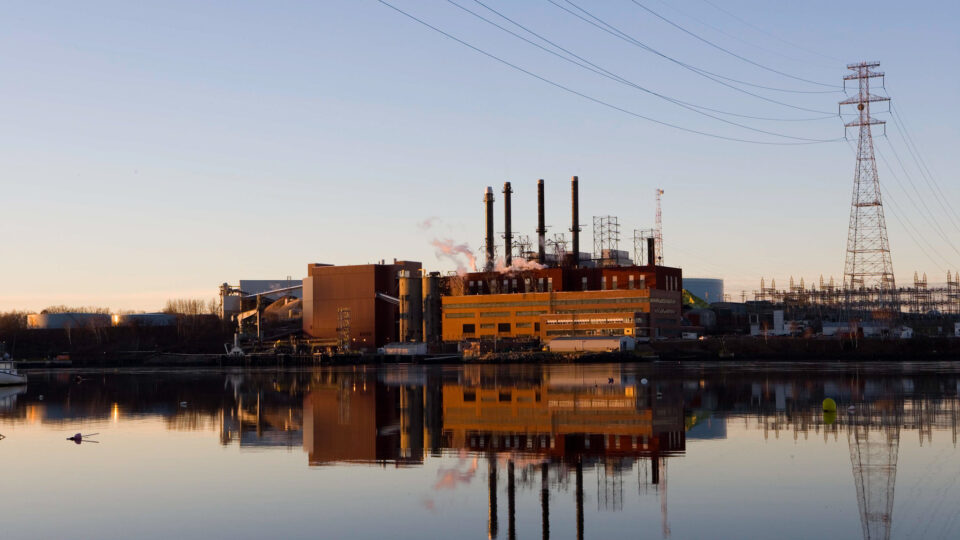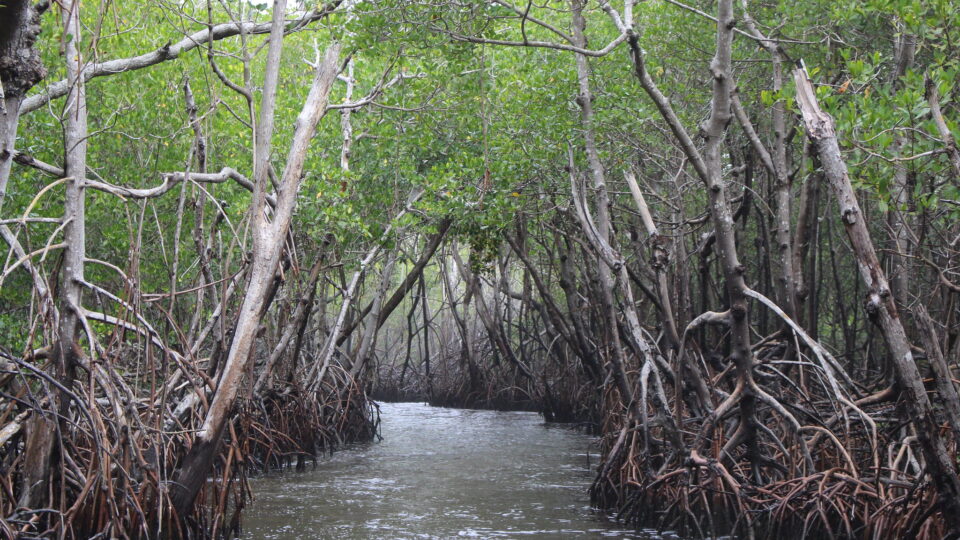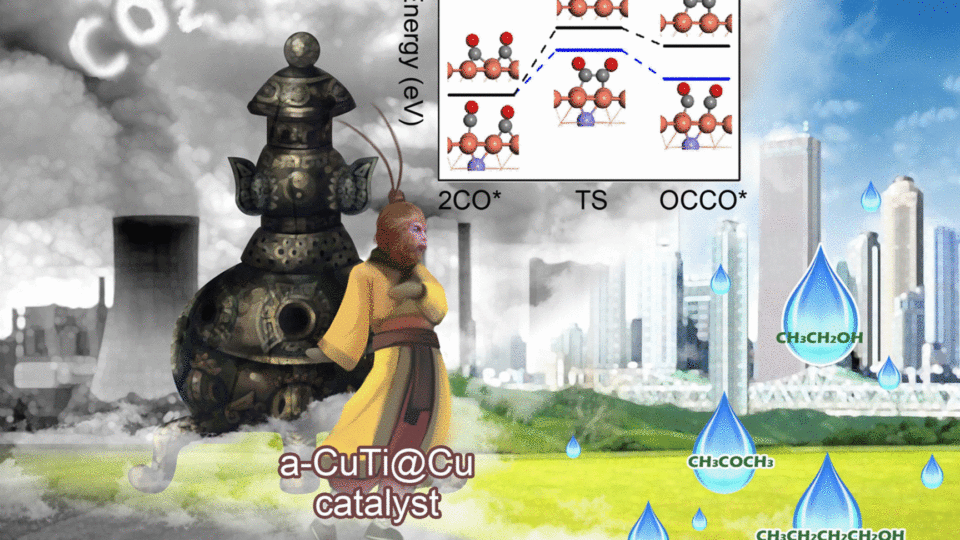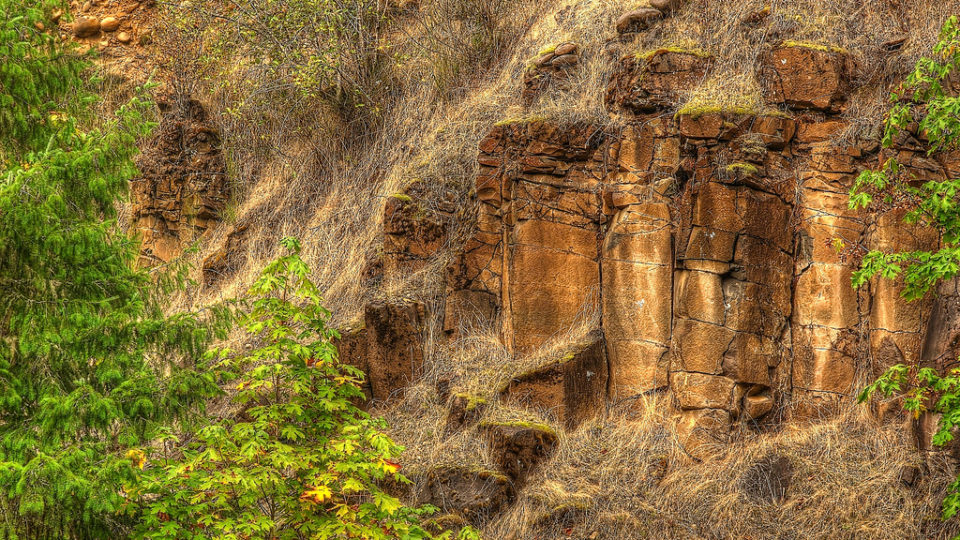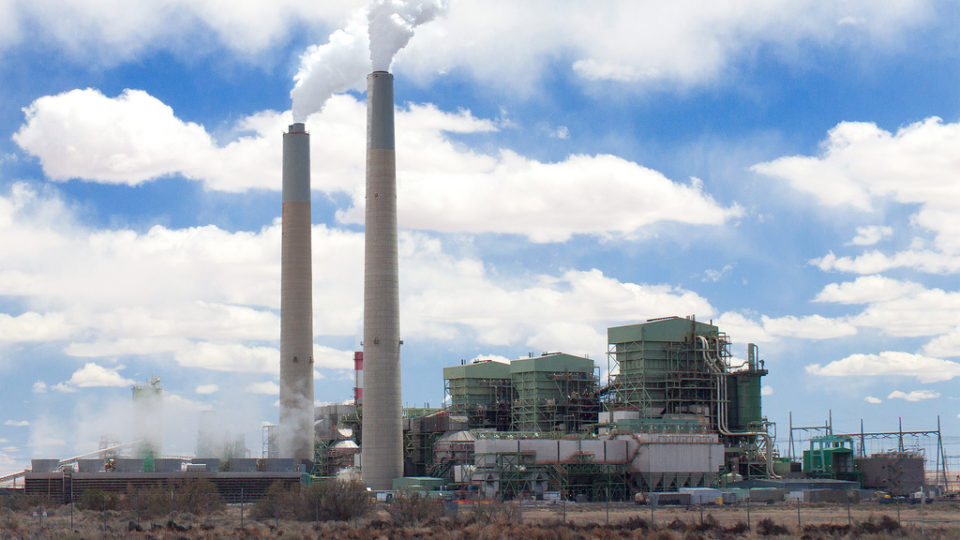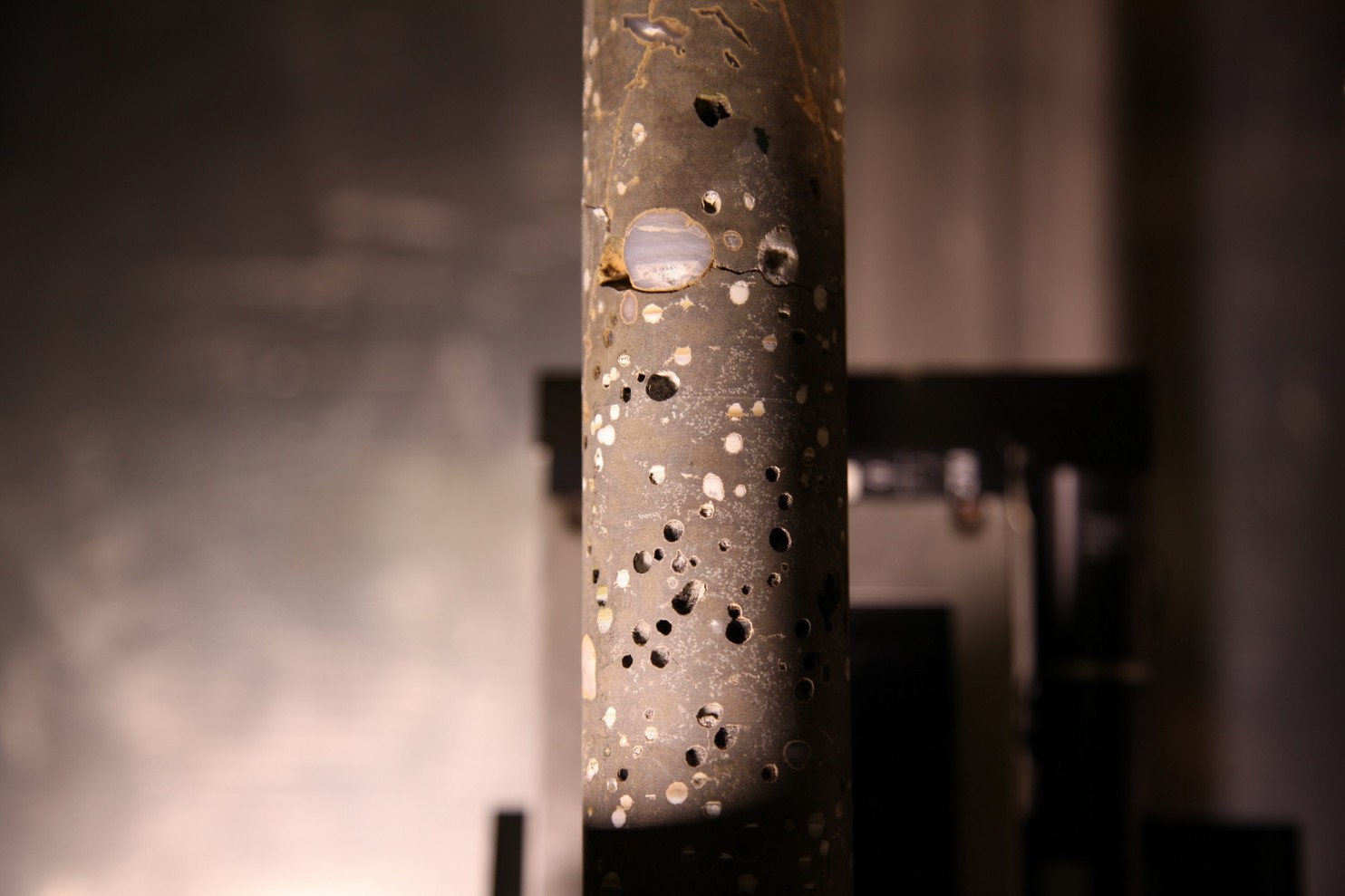The last two coal-fired power plants in New England are scheduled to close by 2025 and 2028. The New Hampshire-based plants are operated by Granite Shore Power. The Schiller Station plant began operations in 1949 and the Merrimack Station was built in the 1960s.
Granite Shore Power has come to an agreement with the Environmental Protection Agency as part of a settlement of lawsuits by the Conservation Law Foundation and the Sierra Club. The two power plants were the subject of a five-year legal battle waged by clean energy advocates
Granite Shore Power intends to turn both of the sites into renewable energy parks. The plants will be converted into solar farms and battery units that can be used to store electricity generated by offshore wind turbines along the Atlantic Coast. Granite Shore Power bought the two power plants in 2018 with the intention of transitioning the coal generation systems into less polluting operations.
The battery storage system at the Schiller Station site in Portsmouth will be named the Jacona II in honor of a self-propelled floating power barge that brought power to parts of Maine and New Hampshire between 1919 and 1930.
Coal use has dropped dramatically in the United States in recent years as natural gas and renewable sources like wind and solar have become less expensive. As of last year, coal only produced about 17% of American electricity and its use continues to decline.
Coal is the dirtiest fossil fuel. In 2021, when it generated less than a quarter of the electricity produced in the US, it accounted for 59% of carbon emissions from electricity generation.
**********
Web Links
The Last Coal-Fired Power Plants in New England Are to Close
Photo, posted October 14, 2015, courtesy of Eversource NH via Flickr.
Earth Wise is a production of WAMC Northeast Public Radio
